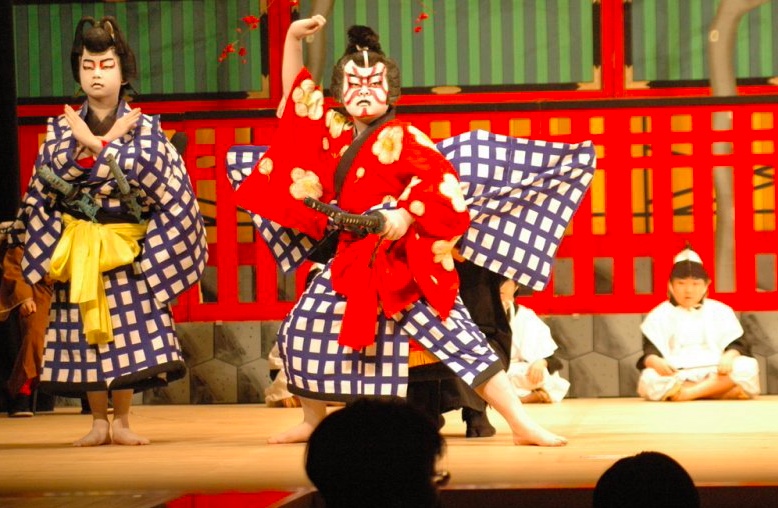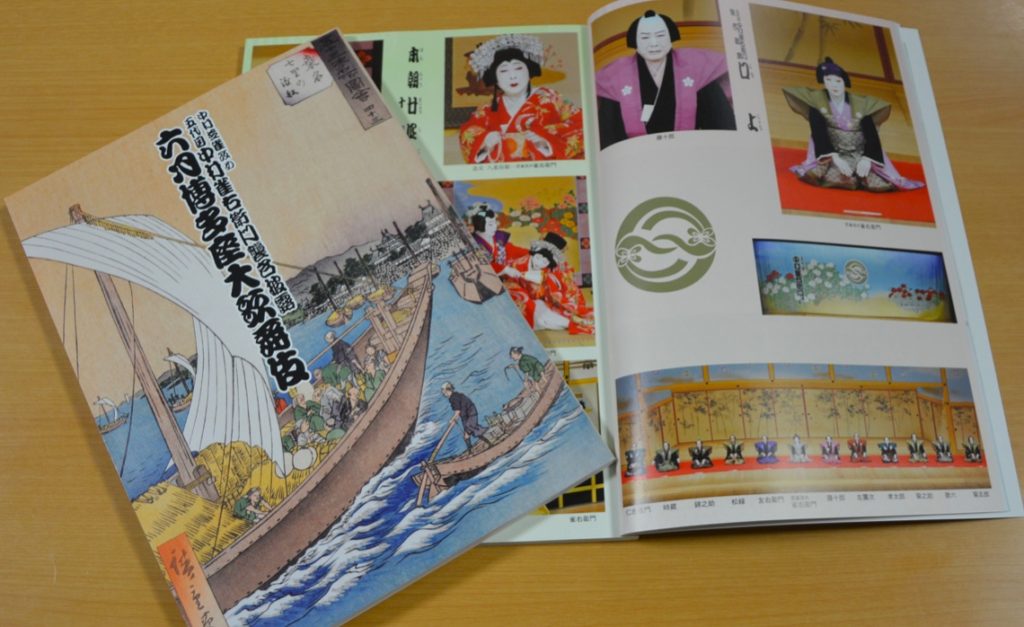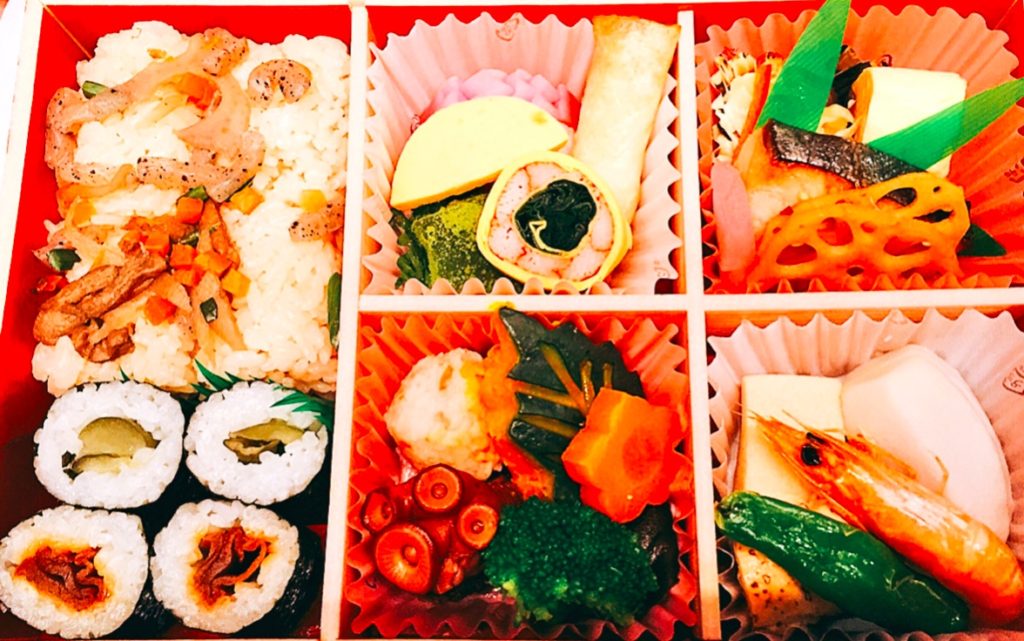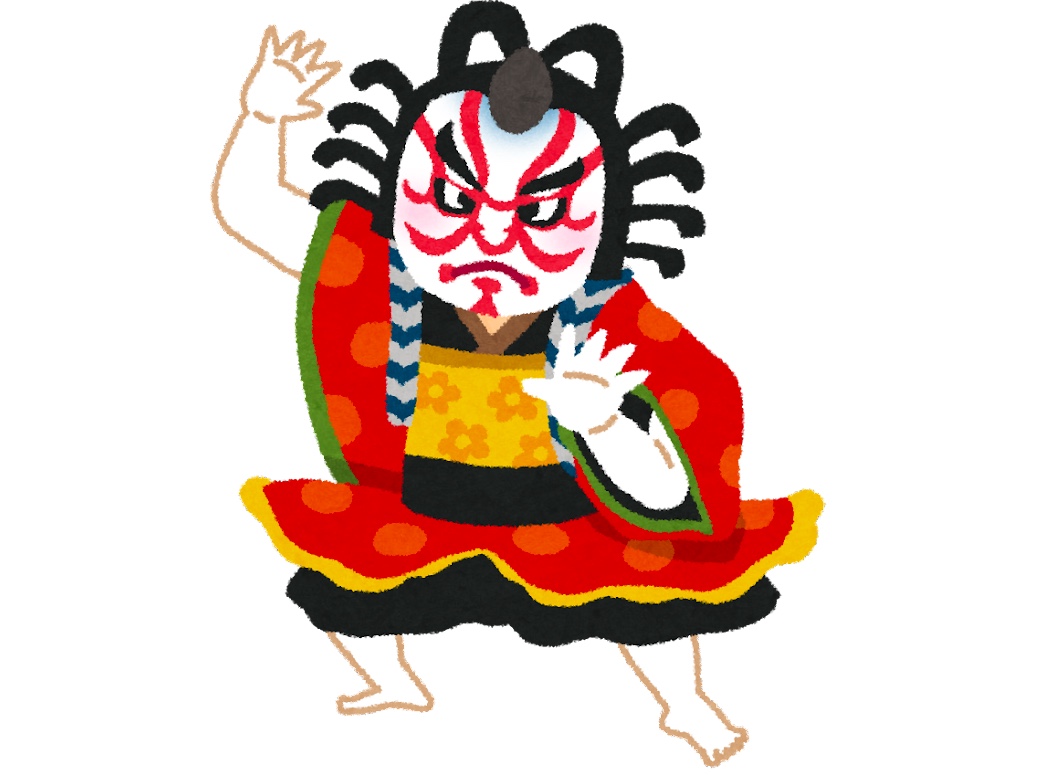Kabuki is one of the most important things to see when you come to Japan. However, some people may think that you need to have a lot of knowledge before you can see Kabuki. Kabuki is not difficult to learn, but it is certainly easier to understand if you have some basic knowledge. First, let’s learn the basics of kabuki.
What is the origin of the name “kabuki”?
Kabuki, which became popular as entertainment for the common people during the Edo period, is derived from the word ‘kabuku’. The word ‘kabuki’ means to dress and act in an eccentric and flamboyant manner, and the people who did this were called ‘kabukisha’. Eventually, people dressed up in kabukimono and danced the kabuki dance, which became very popular amongst the common people. This is the origin of kabuki.
There are two types of kabuki productions called (1) new works, which are recent productions, and (2) classics, which have been handed down from generation to generation, but the classics are by far the most frequently performed. Classical plays can be broadly divided into “jidaimono” and “sewamono.
“Jidaimono are plays that describe events from an older period than the Edo period and depict warrior society and battles from the Muromachi, Kamakura and Heian periods with a flavor unique to the Edo period.
On the other hand, ‘caring stories’ are about the society and customs of the Edo period. In other words, it is a real-time story for the people of the Edo period. In these stories, the characters include tenement dwellers, tradesmen, prostitutes, and other people who could be found anywhere in the city.
It is a matter of preference as to whether you prefer ‘period’ or ‘caring’ stories, but for beginners, ‘caring’ stories are the best. You can enjoy it as if you were watching a period drama on TV.
Onnagata, a unique form of kabuki

“女形 (onnagata) is a male actor who plays a female role, and is read as “onnagata” or “Oyama,” and is sometimes written as “女方.
In the Edo period (1603-1868), female kabuki (kabuki played by women) were banned because it was considered unethical, and all roles were played by men. Since then, the onnagata (female form) has been a tradition that has been handed down as an attraction unique to kabuki.
What is the performance format of kabuki?
Kabuki performances are held throughout the year, and the program changes approximately every month. There are two or three performances a day, one in the daytime and one in the evening, and the program changes from day to night, so please check the official website of the theater before making your plans.
Rules in the play that make the story easier to understand

Kabuki is the entertainment of the common people of Edo. Knowing the values and lifestyles of the people of the Edo period will make the story easier to understand and more interesting. Let’s remember them as rules.
Priorities in human relationships
Human relationships, which play a major role in the development of a story, have priority. There are three types of relationships: parent-child, husband-wife, and master-servant. These three relationships are described as “the first generation for parent and child, the second generation for husband and wife, and the third generation for master and servant. The relationship between parent and child is limited to this life, while the relationship between husband and wife lasts until the next life, and the relationship between master and servant lasts for a long time in past lives, this life, and the next life.
When these relationships appear in a story, priority is given to the long-lasting marital relationship over the parent-child relationship, and the long-lasting master-servant relationship over the marital relationship. The fact that the master-subordinate relationship takes precedence over the parent-child relationship may be a little difficult to understand in our modern sense, but this is the world of Kabuki, so let’s keep it in mind.
Units of money used in the play
There are many episodes in the story that involves money, so knowing the value of money in the Edo period will make it easier to understand the story.
The units of money used in the story are “ryo,” “bun,” and “shu,” where “1 ryo = 4 buns = 16 shu. It is difficult to say how much one ryo is equivalent to in this day and age, but it is approximately 100,000 to 200,000 yen. In other words, when the play says “demand 100 ryo as ransom,” it means that 1 ryo = 100,000 yen, and the ransom demand is 10 million yen.
The “Omukou” shout
During a Kabuki performance, the audience may call out, “Narikomaya!”. This shouting is called “omukou,” and it serves to liven up the play. There is also a pattern where the actors respond to omukou and the play proceeds. Although timing is of the essence, it is actually bad manners for women to call out to the actors. If you are going to see a play with other women, please don’t call out.
The use a Sujigaki

Sujigaki is a program that is sold at the theater. Sujigaki is like a brochure. It contains detailed information about the story and comments from the actors, so you can keep it as a memento of your visit. At the back of sujigaki, you will find an explanation of the play in English. If you still feel uneasy, try to choose a play that is as easy to understand as possible. The performance called “Shosagoto” is a dance without dialogues. The beautiful dance movements and gorgeous costumes are fun to watch.
New kabuki which was created in a period closer to the present time than the Edo period, will make it easier to understand the lines.
Eat the theater’s food

Kabuki has intermissions called “makuai. Eating a meal or a snack during these intermissions is one of the unique pleasures of kabuki.
You can buy a boxed lunch and eat it in the theatre, or if you want to get away from your seat and change your mind, you can go to a restaurant and enjoy the unique taste of the theater. Depending on the performance, there may be specially prepared bentos or meals served. But don’t forget to check the theater’s website beforehand, as reservations may be required.
You can also find many souvenirs other than bento boxes at the store, such as the theater’s famous sweets. Bringing your own lunch and buying snacks at the theater is a good way to spend your time, and you can also have fun looking for souvenirs. Since this is your chance, please take a look at the store.




Comments